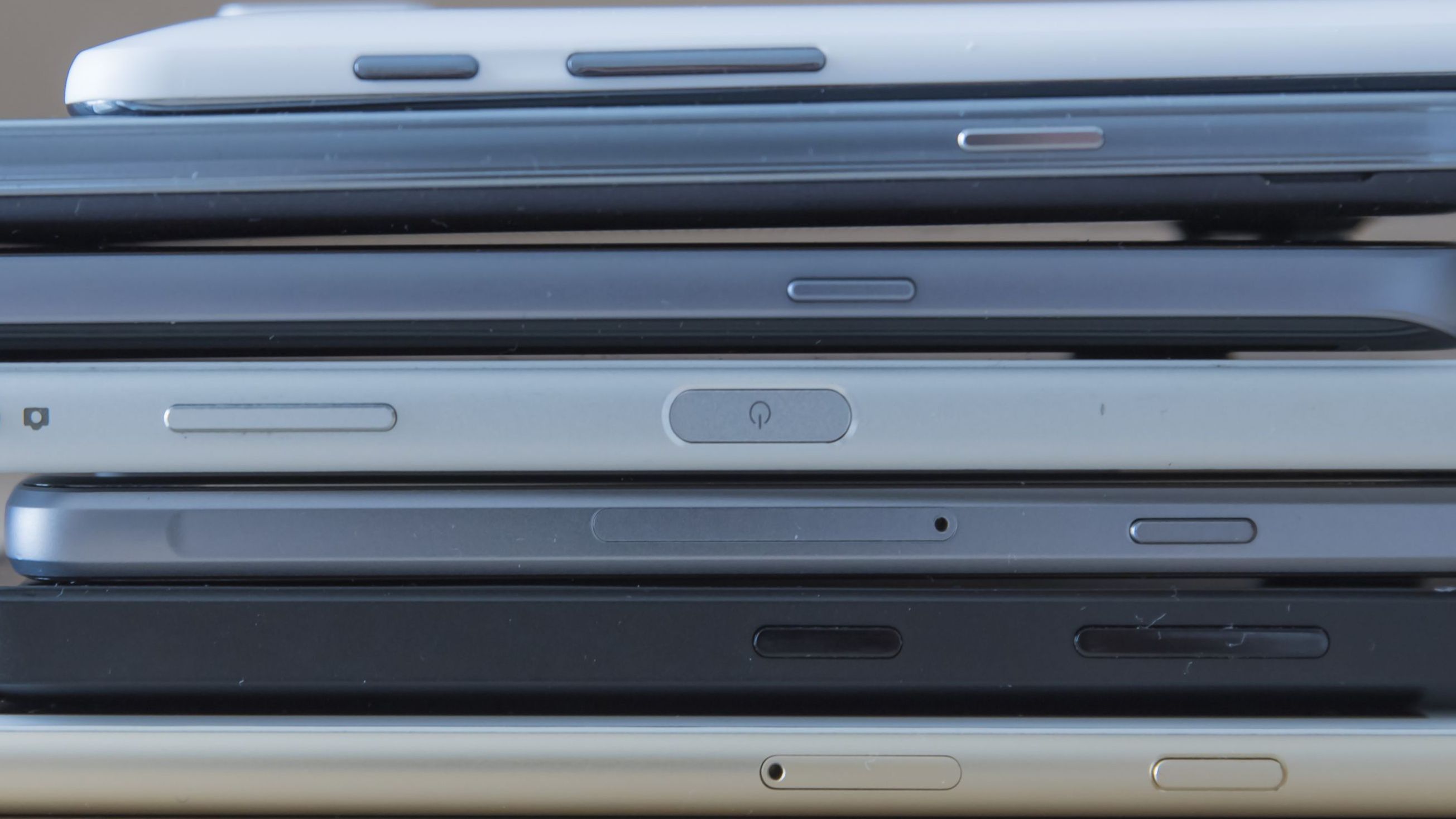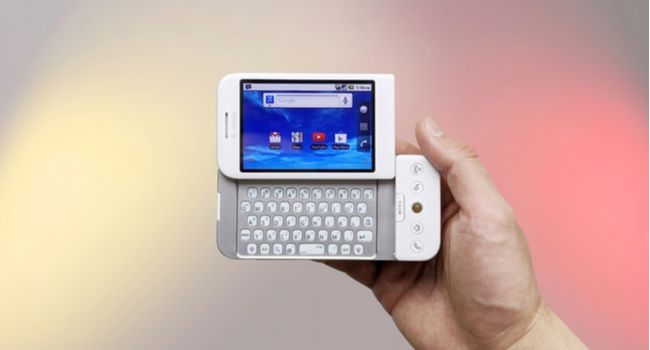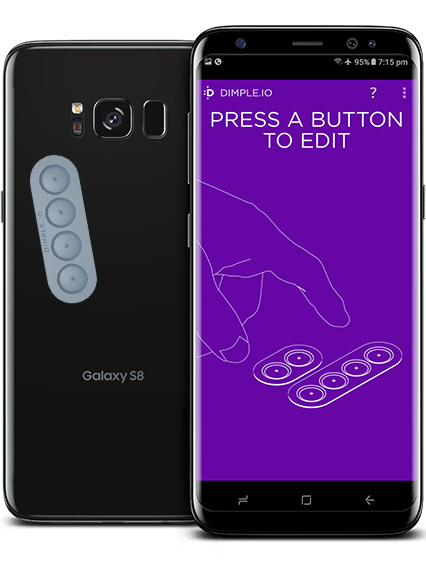Smartphone design has changed a lot over the years. Slide-out keyboards and headphone jacks have been discarded for sleek, slim designs. We've also seen the number of buttons get chopped down, and I think that needs to change.
The typical modern smartphone has three buttons---Volume Up, Volume Down, and Power. There are some exceptions, of course---like the iPhone SE---but the vast majority of phones follow this design. There are some practical reasons for this, but I miss buttons.
Where Did the Buttons Go?
Smartphones used to have a lot more moving parts. There were slide-out keyboards, swiveling displays, trackballs, and, of course, buttons. At one point, most Android devices had a whopping four navigational buttons.
As time has gone on, many of these features have been abandoned. It's very rare to see phones with physical keyboards and buttons for navigation. A big part of the reason for that is durability, which is a good thing for you.
Moving parts have a much higher failure rate. Slide-out keyboards get loose, the keys stop working, buttons get mushy or broken, and so on. You probably know someone who had an iPhone with a broken home button. Parts that move are parts that break.
Removing these moving parts gives phones fewer failure points. The same can be said for ports, like the headphone jack. All of these things are access points for dust and water as well. A device with fewer moving parts and openings is simply much more durable.
The Case for Buttons
Technically, you don't need any buttons on a modern smartphone. The iPhone and Android both have gesture navigation and options for controlling volume and power with the touchscreen. However, they keep those physical buttons because they're more convenient than software.
Why are we limited to convenience for power and volume? There are plenty of other things that I would love to have the ability to do with a button press. Thankfully, at least on Android, one of those is accomplished by double-pressing the power button.
Phones all have digital assistants now, but the methods for quickly launching them aren't great. The fastest method is to just use your voice, but what if you don't want your phone constantly using up battery while listening for a command? Some Android phones had Google Assistant buttons and it was super handy.
What about your wallet app? That's something you probably need to open up quickly when you're checking out at the store or showing a ticket or boarding pass. If mobile payments are going to replace physical cards, it should be easier than pulling my wallet out of my pocket.
The point is everyone probably has apps or functions that they need to quickly access. Even just a single button that could be programmed to whatever you want would be super handy.
Can You Add Buttons to a Phone?
Sadly, the phone industry is moving away from buttons. It's more likely that we'll see a phone with fewer buttons than more. So what can you do if you want more buttons on your phone? There are some options.
Let's start by adding more buttons than you already have. With the help of a clever little gadget, you can add up to four buttons to your NFC-enabled phone. That includes most iPhones with iOS 14 and newer, plus the majority of Android devices.
The product is called "Dimple.io" and its essentially NFC tags that have been made into buttons. It sticks to the back of your phone wherever the NFC chip is located. When you press a button, the NFC tag makes contact and activates your desired action.
The Dimple.io app will help you set up actions on Android. To use it with an iPhone, you can use the "Shortcuts" automation feature. It's more limited than the Android equivalent, but still surprisingly powerful.
If you don't want to stick extra buttons to the back of your phone, you can use the ones you already have. The iPhone and Android both have methods for performing actions when you tap the back of your phone. It's not a physical button, but it's close.
Android users can use third-party apps to "remap" the action of existing buttons. We like an app called "Button Mapper" for this. You can use it to remap buttons and add shortcuts, like double and triple pressing. Button Mapper is free, but well worth the paid upgrade if you find it useful.
The days of smartphones with extra buttons is most likely behind us, and that's sad. Even if they did make a comeback, the buttons would probably be restricted to a specific function by the manufacturer. Phones are tools and they should work how we want them to work. Buttons would make that even better.





